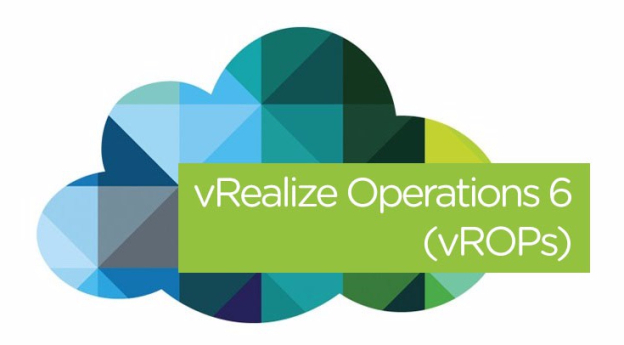In a previous post I showed how you could perform a healthcheck, and possibly resolve database load issues in vROPs versions from 6.3 and older. When VMware released the vROPS 6.5, they changed the way you would access the nodetool utility that is available with cassandra database.
$VCOPS_BASE/cassandra/apache-cassandra-2.1.8/bin/nodetool --port 9008 status
For the 6.5 release and newer, they added the requirement of using a ‘maintenanceAdmin’ user along with a password file. The new command to check the load status of the activity tables in a vROPS 6.5+ is as follows:
$VCOPS_BASE/cassandra/apache-cassandra-2.1.8/bin/nodetool -p 9008 --ssl -u maintenanceAdmin --password-file /usr/lib/vmware-vcops/user/conf/jmxremote.password status
Example output would be something similar to this if your cluster is in a healthy state:

If any of the nodes have over 600 MB of load, you should consult with VMware GSS or a TAM on the next steps to take, and how to elevate the load issues.
Next we can check the syncing status of the cluster to determine overall health. The command is as follows:
$VMWARE_PYTHON_BIN /usr/lib/vmware-vcops/tools/vrops-platform-cli/vrops-platform-cli.py getShardStateMappingInfo
Example output:

The “vRealize Ops Shard” refers to the data nodes, and the Master and Master Replica nodes in the main cluster. The available status’ are RUNNING, SYNCING, BALANCING, OUT_OF_BALANCE, and OUT_OF_SYNC.
- Out of Balance and Out of Sync should be enough to open an SR and have VMware take a look.
Lastly, we can take a look at the size of the activity table. You can do this by running the following command:
du -sh /storage/db/vcops/cassandra/data/globalpersistence/activity_tbl-*
Example Output:

If there are two listed here, you should consult with VMware GSS as to which one can safely be removed, as one would be left over from a previous upgrade.






You must be logged in to post a comment.